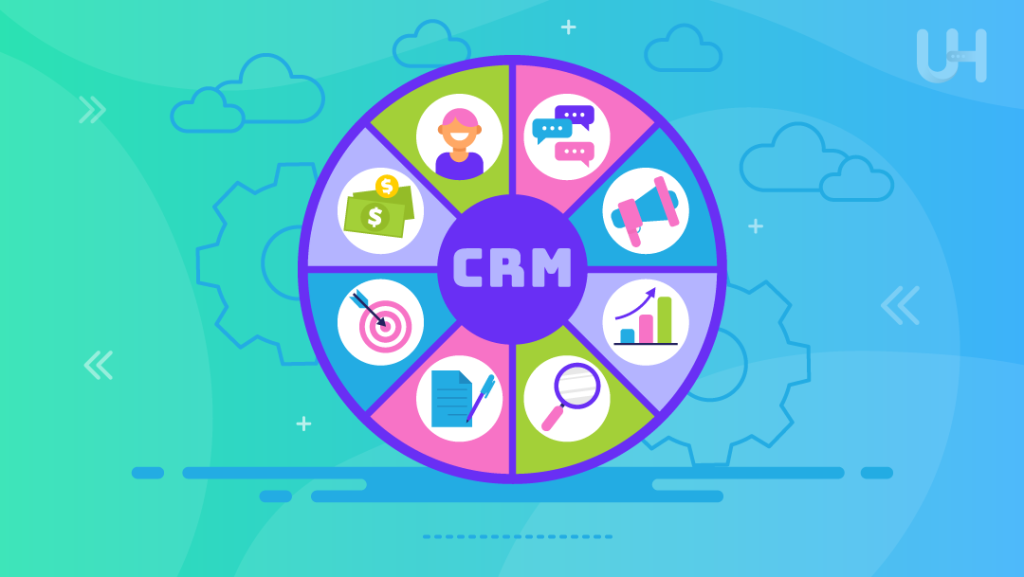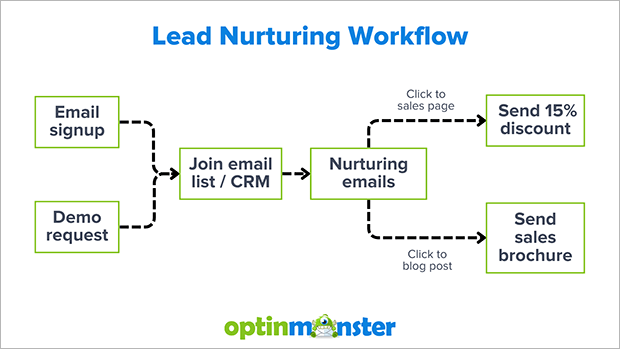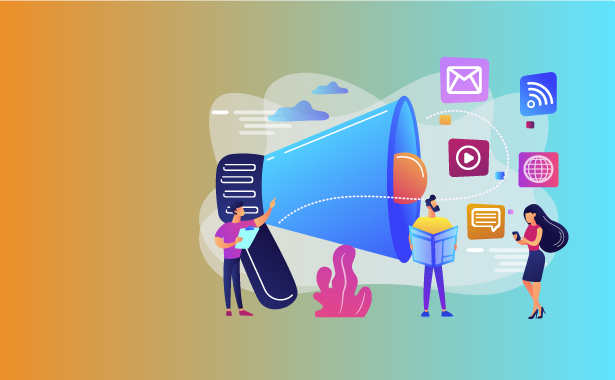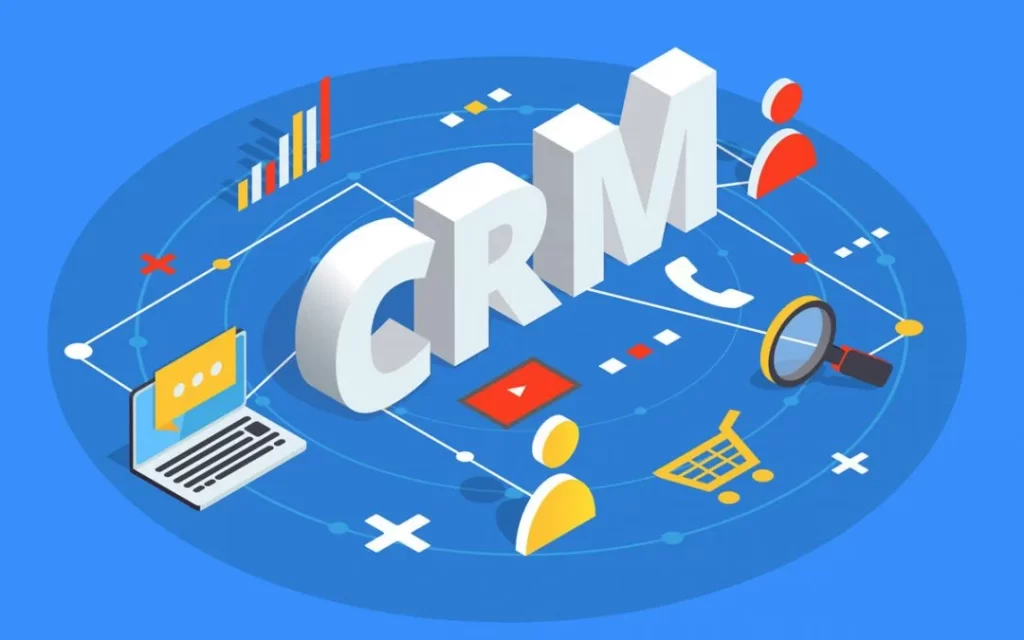Unlocking Customer Loyalty: A Deep Dive into CRM Marketing and Loyalty Programs
Unlocking Customer Loyalty: A Deep Dive into CRM Marketing and Loyalty Programs
In today’s fiercely competitive business landscape, simply acquiring customers isn’t enough. Building lasting relationships and fostering genuine loyalty is the key to long-term success. That’s where the power of Customer Relationship Management (CRM) marketing and loyalty programs comes into play. This comprehensive guide delves into the intricacies of these strategies, exploring how they work together to cultivate customer devotion, boost revenue, and drive sustainable growth. Get ready to unlock the secrets to transforming your customers into passionate brand advocates.
Understanding the Core Concepts: CRM Marketing and Loyalty Programs
What is CRM Marketing?
CRM marketing is a strategic approach that leverages customer data and interactions to personalize marketing efforts, improve customer service, and ultimately, build stronger relationships. It’s about understanding your customers on a deeper level – their preferences, behaviors, and needs – and using that knowledge to tailor your communications and offerings. Think of it as treating each customer as an individual, rather than a nameless face in the crowd.
At its heart, CRM marketing involves the following key elements:
- Data Collection: Gathering information from various sources, including website interactions, purchase history, social media activity, and customer service interactions.
- Data Analysis: Analyzing the collected data to identify patterns, trends, and customer segments.
- Personalization: Tailoring marketing messages, offers, and experiences based on individual customer profiles.
- Automation: Using technology to automate repetitive tasks, such as email marketing and lead nurturing.
- Relationship Building: Fostering long-term relationships through consistent communication and exceptional customer service.
Defining Loyalty Programs
Loyalty programs are structured marketing initiatives designed to reward and incentivize repeat purchases. They go beyond simple transactional interactions, aiming to create a sense of value and appreciation for customers who choose to do business with your company. These programs can take many forms, from points-based systems to tiered memberships, but their fundamental goal remains the same: to keep customers coming back for more.
Key components of effective loyalty programs include:
- Rewards: Offering tangible benefits, such as discounts, free products, exclusive access, or personalized experiences.
- Incentives: Motivating desired customer behaviors, such as repeat purchases, referrals, or engagement with your brand.
- Personalization: Tailoring rewards and communications to individual customer preferences and purchase history.
- Engagement: Creating a sense of community and belonging through exclusive events, content, and interactions.
- Measurement: Tracking key metrics, such as customer retention rates, average order value, and program participation, to assess program effectiveness.
The Symbiotic Relationship: CRM Marketing and Loyalty Programs
CRM marketing and loyalty programs are not mutually exclusive; in fact, they are highly complementary. CRM provides the data and insights needed to design and implement effective loyalty programs, while loyalty programs generate valuable data that can be used to refine CRM strategies. They form a powerful synergy that drives customer loyalty and business growth.
How CRM Fuels Loyalty Programs
CRM systems provide a centralized repository of customer data, which is essential for creating personalized and targeted loyalty programs. Here’s how CRM supports loyalty program success:
- Customer Segmentation: CRM allows you to segment your customer base based on various criteria, such as purchase history, demographics, and engagement levels. This enables you to tailor rewards and communications to specific customer groups, maximizing their impact.
- Personalized Rewards: By understanding individual customer preferences and behaviors, CRM enables you to offer personalized rewards that resonate with each customer. This could include exclusive discounts on their favorite products, early access to new releases, or personalized recommendations.
- Targeted Communications: CRM allows you to send targeted communications to loyalty program members, such as birthday greetings, exclusive offers, and personalized recommendations. This helps to keep your brand top-of-mind and encourages continued engagement.
- Automated Program Management: CRM systems can automate many aspects of loyalty program management, such as enrolling new members, tracking points, and sending rewards. This saves time and resources, while ensuring a seamless and enjoyable experience for your customers.
- Performance Tracking: CRM provides valuable insights into the performance of your loyalty program, allowing you to track key metrics, such as customer retention rates, average order value, and program participation. This information can be used to optimize your program and ensure its continued success.
How Loyalty Programs Enhance CRM
Loyalty programs generate a wealth of data that can be used to enhance CRM strategies. Here’s how loyalty programs contribute to CRM success:
- Data Enrichment: Loyalty programs provide valuable insights into customer preferences, behaviors, and motivations. This data can be used to enrich your CRM database, creating a more complete and accurate picture of your customers.
- Improved Customer Segmentation: Loyalty program data can be used to refine your customer segmentation, allowing you to identify new customer segments and tailor your marketing efforts more effectively.
- Enhanced Personalization: Data from loyalty programs can be used to personalize your marketing messages, offers, and experiences even further, making them more relevant and engaging for each customer.
- Increased Customer Lifetime Value: By rewarding repeat purchases and fostering customer loyalty, loyalty programs help to increase customer lifetime value, which is a key metric for business success.
- Feedback and Insights: Loyalty programs can provide valuable feedback and insights into customer preferences and behaviors, which can be used to improve your products, services, and overall customer experience.
Crafting a Winning CRM Marketing Strategy
Developing a successful CRM marketing strategy requires careful planning, execution, and ongoing optimization. Here are some key steps to guide you:
1. Define Your Goals and Objectives
Before you start implementing any CRM marketing initiatives, it’s crucial to define your goals and objectives. What do you want to achieve with your CRM efforts? Are you looking to increase customer retention, boost sales, or improve customer satisfaction? Clearly defined goals will help you measure your success and make informed decisions.
2. Choose the Right CRM System
Selecting the right CRM system is a critical decision. There are many CRM systems available, each with its own strengths and weaknesses. Consider your business needs, budget, and technical capabilities when choosing a system. Look for a system that offers the features you need, such as data management, customer segmentation, marketing automation, and reporting capabilities.
3. Collect and Organize Customer Data
Data is the lifeblood of CRM marketing. Make sure you have a plan in place to collect and organize customer data from various sources. This includes website interactions, purchase history, social media activity, and customer service interactions. Ensure that your data is accurate, up-to-date, and compliant with relevant privacy regulations.
4. Segment Your Customer Base
Customer segmentation is the process of dividing your customer base into different groups based on shared characteristics. This allows you to tailor your marketing efforts to specific customer segments, maximizing their impact. Common segmentation criteria include demographics, purchase history, and engagement levels.
5. Personalize Your Marketing Messages
Personalization is key to effective CRM marketing. Use the data you’ve collected to personalize your marketing messages, offers, and experiences. This could include sending personalized emails, recommending products based on purchase history, or offering exclusive discounts to specific customer segments.
6. Automate Your Marketing Processes
Marketing automation can save you time and resources, while ensuring that your marketing efforts are consistent and effective. Automate repetitive tasks, such as email marketing, lead nurturing, and social media posting, so you can focus on more strategic initiatives.
7. Measure and Analyze Your Results
Regularly measure and analyze your CRM marketing results to assess your progress and identify areas for improvement. Track key metrics, such as customer retention rates, conversion rates, and customer lifetime value. Use this data to optimize your CRM strategy and ensure its continued success.
Designing a Successful Loyalty Program
Creating a successful loyalty program requires careful planning and execution. Here are some key considerations:
1. Define Your Program Goals
What do you hope to achieve with your loyalty program? Are you looking to increase repeat purchases, drive customer engagement, or improve customer retention? Clearly defining your goals will help you design a program that is aligned with your business objectives.
2. Choose the Right Program Structure
There are various types of loyalty programs, each with its own advantages and disadvantages. Popular program structures include:
- Points-Based Programs: Customers earn points for every purchase, which can be redeemed for rewards.
- Tiered Programs: Customers are assigned to different tiers based on their spending or engagement levels, with each tier offering progressively better rewards.
- Paid Programs: Customers pay a fee to join the program and receive exclusive benefits.
- Cash-Back Programs: Customers receive a percentage of their purchases back as cash.
3. Offer Appealing Rewards
The rewards you offer are critical to the success of your loyalty program. Make sure your rewards are appealing to your target audience and aligned with their interests. Consider offering a mix of rewards, such as discounts, free products, exclusive access, and personalized experiences.
4. Make it Easy to Join and Participate
The enrollment process should be simple and straightforward. Make it easy for customers to sign up for your program and start earning rewards. Provide clear instructions and make sure your program is accessible across all channels, including your website, mobile app, and in-store.
5. Promote Your Program
Make sure your customers know about your loyalty program. Promote your program through various channels, such as your website, social media, email marketing, and in-store signage. Clearly communicate the benefits of joining your program and how customers can earn rewards.
6. Personalize the Experience
Use the data you collect to personalize the loyalty program experience for each customer. Send personalized communications, offer tailored rewards, and make recommendations based on their purchase history and preferences.
7. Measure and Optimize Your Program
Regularly measure and analyze your loyalty program results to assess its effectiveness. Track key metrics, such as program participation rates, customer retention rates, and average order value. Use this data to optimize your program and ensure its continued success.
Real-World Examples of CRM Marketing and Loyalty Programs
Let’s explore some examples of how businesses are successfully leveraging CRM marketing and loyalty programs:
Starbucks Rewards
Starbucks has a highly successful loyalty program that integrates seamlessly with its mobile app and CRM system. Customers earn stars for every purchase, which can be redeemed for free drinks, food, and other perks. The program uses data to personalize offers and recommendations, driving repeat visits and customer engagement.
Sephora Beauty Insider
Sephora’s Beauty Insider program offers tiered rewards based on customer spending. Members receive exclusive access to products, events, and personalized recommendations. The program leverages CRM data to understand customer preferences and tailor the experience, resulting in increased customer loyalty and sales.
Amazon Prime
Amazon Prime is a paid membership program that offers a wide range of benefits, including free shipping, exclusive deals, and access to streaming services. The program uses CRM data to personalize recommendations and tailor the customer experience, driving customer loyalty and increasing sales.
Nike Membership
Nike’s membership program provides personalized experiences and rewards to its customers. Members can access exclusive products, events, and training programs. Nike uses CRM data to track customer activity and tailor recommendations, driving engagement and brand loyalty.
Challenges and Best Practices
While CRM marketing and loyalty programs offer significant benefits, there are also challenges to consider. Here are some common challenges and best practices for overcoming them:
Data Privacy and Security
Collecting and using customer data comes with significant privacy and security responsibilities. Ensure that you comply with all relevant data privacy regulations, such as GDPR and CCPA. Implement robust security measures to protect customer data from unauthorized access.
Data Quality
The accuracy and completeness of your customer data are critical to the success of your CRM and loyalty programs. Regularly review and update your data to ensure its quality. Implement data validation processes to prevent errors and inconsistencies.
Personalization Fatigue
Customers can become overwhelmed by excessive personalization. Avoid bombarding customers with irrelevant messages or offers. Focus on providing personalized experiences that are truly valuable and relevant to their interests.
Program Complexity
Overly complex loyalty programs can be difficult for customers to understand and participate in. Keep your program simple and easy to understand. Clearly communicate the benefits of your program and how customers can earn rewards.
Integration and Technology
Integrating your CRM system with your loyalty program and other marketing tools can be complex. Choose a CRM system that integrates seamlessly with your existing technology stack. Consider using a dedicated loyalty program platform to simplify program management.
The Future of CRM Marketing and Loyalty Programs
The landscape of CRM marketing and loyalty programs is constantly evolving. Here are some trends to watch:
Artificial Intelligence (AI) and Machine Learning (ML)
AI and ML are being used to personalize marketing messages, predict customer behavior, and automate marketing processes. AI-powered chatbots are also being used to provide customer service and support.
Hyper-Personalization
Businesses are moving towards hyper-personalization, which involves tailoring marketing messages and experiences to individual customer preferences and behaviors. This requires collecting and analyzing large amounts of data and using advanced analytics techniques.
Omnichannel Experiences
Customers expect seamless experiences across all channels, including online, mobile, and in-store. Businesses are focusing on creating omnichannel experiences that provide a consistent brand experience across all touchpoints.
Gamification
Gamification is being used to make loyalty programs more engaging and interactive. This involves incorporating game mechanics, such as points, badges, and leaderboards, to motivate customers to participate and earn rewards.
Focus on Customer Experience
Customer experience is becoming increasingly important. Businesses are focusing on creating positive customer experiences that build brand loyalty and advocacy.
Conclusion: Embracing the Power of Customer Connection
CRM marketing and loyalty programs are essential tools for building lasting customer relationships and driving business success. By understanding your customers, personalizing your marketing efforts, and rewarding their loyalty, you can transform your customers into passionate brand advocates. Embrace the power of customer connection and watch your business thrive. By implementing these strategies and staying ahead of the latest trends, businesses can foster lasting customer relationships, increase revenue, and achieve sustainable growth. The journey to customer loyalty is ongoing, but with the right tools and strategies, the rewards are well worth the effort.





